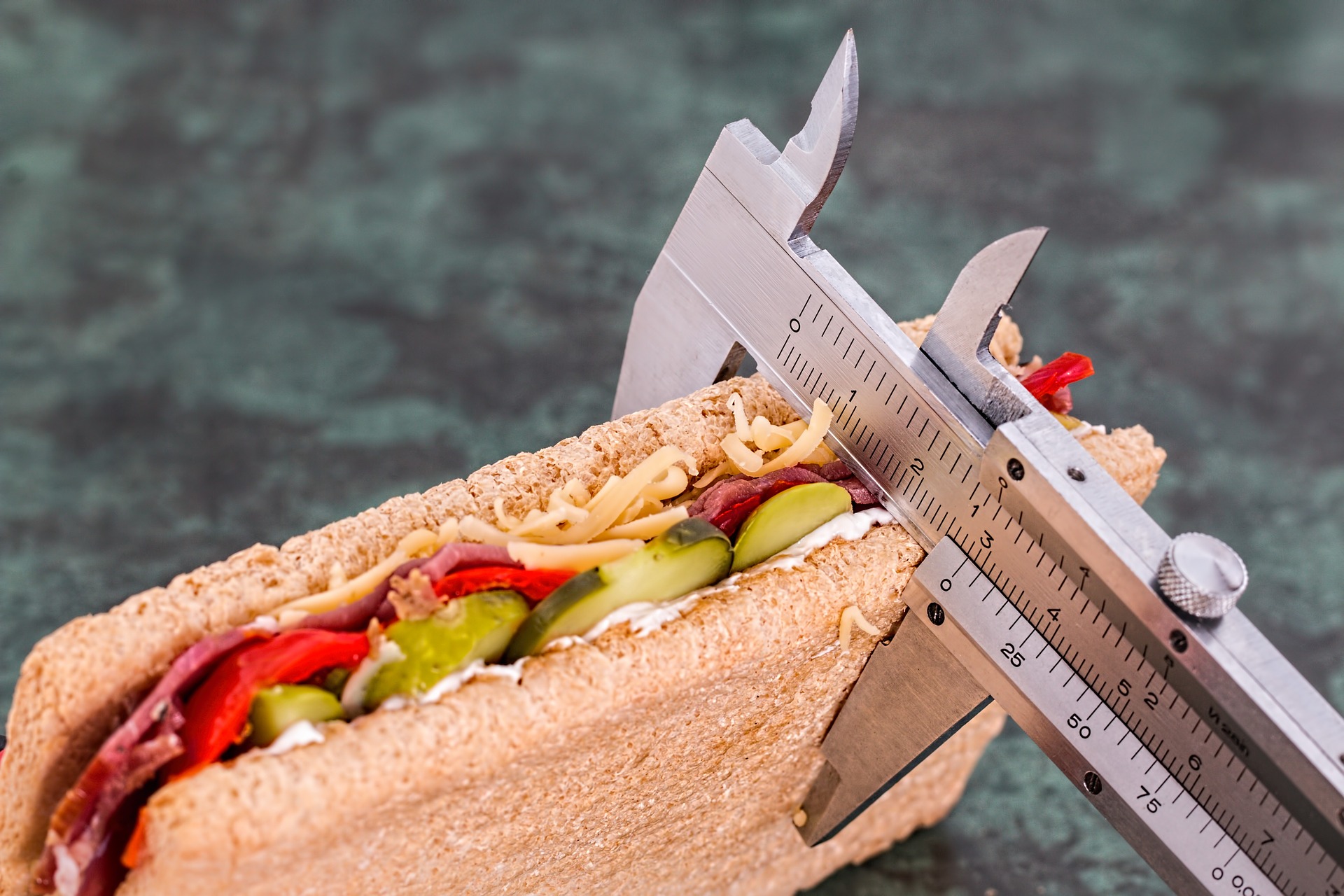 Microbiology
Microbiology
The gut microflora helps the effects of dieting
Reducing the number of calories eaten every day has many positive effects on health. In our research, we have shown that in mice, some of the effects of dieting are mediated by the gut microbiota, the trillions of bacteria that colonize the gut.

The human body lives in a relationship with trillion of microorganisms, mostly bacteria, that populate every surface of the body. Indeed, according to some estimations, only 50% of the cells that compose our body are human. This interaction is usually beneficial for both parts, as we provide energy sources to our bacteria and, in turn, they defend us from infection of microorganisms causing diseases and help us digest food. The biggest microbial ecosystem is present in our intestine and is collectively called gut microflora microbiota. In recent years, researchers have suggested that the gut microbiota is involved in diseases like diabetes, obesity, irritable bowel disease, but also non-intestinal conditions like depression and autism. We have only just started to understand how the microbiota and the human host interact in healthy and diseased conditions.
One organ that is getting a lot of attention in the recent years is the adipose tissue (or simply: fat), which has more functions than traditionally accepted. We now know that we possess three main kinds of adipose tissue: a white one, that is involved in stocking the excess of energy; a brown fat, that produces heat and contributes to maintaining the body temperature; and a "beige" fat, that appears in the white fat in certain conditions and like the brown fat burns energy to increase body temperature (read also the article: "The colour beige: heating up the fat"). As this kind of fat literally burns the excess of fat and sugar in the body, increasing the appearance or activating this beige fat could be an interesting target to fight diseases like obesity and diabetes.
Our lab has previously shown that dieting by cutting the caloric intake to 60% of the normal amount induces the appearance of beige fat in mice. This was due to the activity of cells of the immune system, which were changing their behavior during the diet and were stimulating the white fat to become beige. In our most recent article, we wanted to understand the mechanisms involved in this behavior. We first observed that - like other groups have also shown in similar conditions - dieting changes the composition of the gut microbiota in mice: some species drastically increase in number while others almost disappear. These changes have a profound effect on the mouse: when we collected this altered microbiota and transplanted it in mice, the animals receiving it gained less weight than the ones receiving the control microbiota and showed increased beige fat. In other words, the microbiota alone was having similar effects to dieting. We observed that this was due to the reduced production by the microbiota of a molecule called lipopolysaccharide or LPS, which is commonly produced by some bacteria, and has a strong inflammatory effect on the organism. When LPS levels are lower, the immune system responds by becoming less aggressive and, instead, contributing to the browning of the white fat. We observed that this mechanism depended on a receptor for LPS called TLR4. Mice without TLR4 in their immune system showed browning even without dieting. Finally, we tried two separate approaches to reduce LPS levels in mice eating a fatty diet that would make them obese: the first was to give them an enzyme that inactivates LPS, and the second was to give them a drug that blocks the signal coming from the LPS receptor. In both cases, mice were protected in part from the development of obesity and diabetes.
Overall, our study, like the work of many colleagues working on the interaction between the diet and the microbiota, shows that our gut microbiota is an important player in health and disease. It will be important to understand which species of bacteria are particularly important for the "dieting" ecosystem to try to exploit them against metabolic diseases.
Original Article:
S. Fabbiano et al., Functional Gut Microbiota Remodeling Contributes to the Caloric Restriction-Induced Metabolic Improvements. Cell Metab 28, 907-921 e907 (2018)Next read: The daily life of Neandertals by Andrew Farrer
Edited by:
Massimo Caine , Founder and Director
We thought you might like
Collateral damage: antibiotics disrupt the balance in the gut
Jun 2, 2016 in Microbiology | 3.5 min read by Katri KorpelaCold adaptation: gut bacteria can make the difference
Sep 7, 2016 in Microbiology | 3 min read by Daniele GuidoInvisible allies for healthy juvenile growth
Oct 12, 2016 in Microbiology | 4 min read by Martin SchwarzerThe cutting EDGE: Bringing genomics to everyone
Jun 14, 2017 in Microbiology | 3.5 min read by Patrick ChainMore from Microbiology
Monoclonal antibodies that are effective against all COVID-19 -related viruses
Jan 31, 2024 in Microbiology | 3.5 min read by Wan Ni ChiaPlagued for millennia: The complex transmission and ecology of prehistoric Yersinia pestis
Jul 31, 2023 in Microbiology | 3 min read by Aida Andrades Valtueña , Gunnar U. Neumann , Alexander HerbigHow cellular transport can be explained with a flip book
Jun 5, 2023 in Microbiology | 3 min read by Christina ElsnerThe Achilles’ heel of superbugs that survive salty dry conditions
Apr 24, 2023 in Microbiology | 4 min read by Heng Keat TamNew chemistry in unusual bacteria displays drug-like activity
Mar 21, 2023 in Microbiology | 3.5 min read by Grace Dekoker , Joshua BlodgettEditor's picks
Trending now
Popular topics


